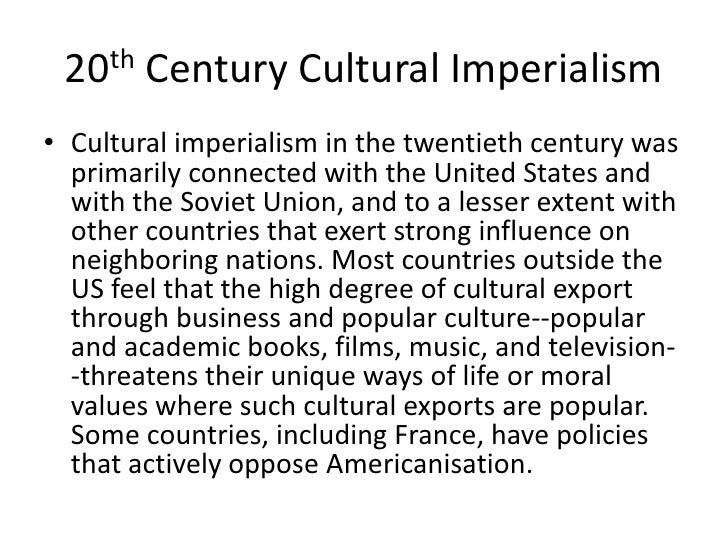

Meanwhile, the person who is culturally blind may feel they are being fair and unprejudiced, unaware of how they are making others feel. However, ignoring cultural differences may make people from another culture feel discounted or ignored what may be transmitted is the impression that race or culture are unimportant, and that values of the dominant culture are universally applicable. It is illustrated in phrases such as ‘being color blind’, or ‘not seeing race’. This refers to attempts (often well-intentioned) to be unbiased by ignoring the fact of a person’s race. Personal reflection is a valuable tool for physicians to critically examine their own ethnocentric views and behaviors. You may be tempted to say “So, why are you consulting me, then?” Ethnocentrism is often unconscious and implicit in a person’s behavior. For example, you may be trained in Western medicine, but your patient insists on taking a herbal remedy. The sense that one’s own beliefs, values, and ways of life are superior to, and more desirable than, those of others. Several useful concepts describe issues that can arise:

Our culture influences the way we perceive virtually everything around us, often unconsciously. Given that the patient exists simultaneously within several caring systems, influenced by their family, community, and traditions, the culturally safe practitioner allows the patient to define what is culturally safe for them. Taking a culturally safe approach also implies acting as a health advocate: working to improve access to care exposing the social, political, and historical context of health care and interrupting unequal power relations. To practice in a manner that is culturally safe, practitioners should reflect on the power differentials inherent in health service delivery. Cultural safety refers to the patient’s feelings in the health care encounter, while cultural competence refers to the skills required by a practitioner to ensure that the patient feels safe. “As physicians, we must make multiple communication adjustments each day when interacting with our patients to provide care that is responsive to the diverse cultural backgrounds of patients in our highly multicultural nation.”Ĭultural safety refers to a doctor-patient encounter in which the patient feels respected and empowered, and that their culture and knowledge has been acknowledged. Clinicians who are not aware of their own cultural biases may unconsciously impose their cultural values on other people. A direct approach helps establish mutual respect and tailor the best and most appropriate care for each patient.Īwareness of one’s own culture is an important step towards awareness of, and sensitivity to, the culture and ethnicity of other people.

“Culturally competent communication leaves our patients feeling that their concerns were understood, a trusting relationship was formed and, above all, that they were treated with respect.” While a clinician will often be unfamiliar with the culture of a particular patient, the direct approach is often the best: ask the patient what you need to understand about her culture and background in order to be able to help her. Culturally competent clinicians acknowledge differences but do not feel threatened by them. The clinician must become culturally aware and sensitive, then culturally competent so that she or he can practice in a manner that is culturally safe.Ĭultural competency in medical practice requires that the clinician respects and appreciates diversity in society. We all perceive others through the filter or perspective of our own cultural upbringing, often without being aware of it: communication can go wrong without our understanding why. In many subtle ways, the cultural identities of both doctor and patient affect their interaction, and in a diverse country this can form an exciting challenge. It is important that we are all aware of our own cultural influences and how these may affect our perceptions of others, especially in the doctor-patient encounter. Within the intermixing of modern society, many of us seek to retain a sense of cultural identity and may often refer to our cultural roots, or use double-barreled descriptions such as Asian-American. In primeval and nomadic times, a person’s survival likely benefited from establishing strong bonds with an in-group of trusted relatives or clan-mates with whom one co-operated and shared, versus an out-group against which there was competition for scarce resources. Humans have a strong drive to maintain the sense of identity that comes from membership in an identifiable group. Cultural Lens and How Culture Influences Your PerceptionsĬultural Awareness, Sensitivity, and SafetyĬulture can be defined in terms of the shared knowledge, beliefs, and values that characterize a social group.


 0 kommentar(er)
0 kommentar(er)
